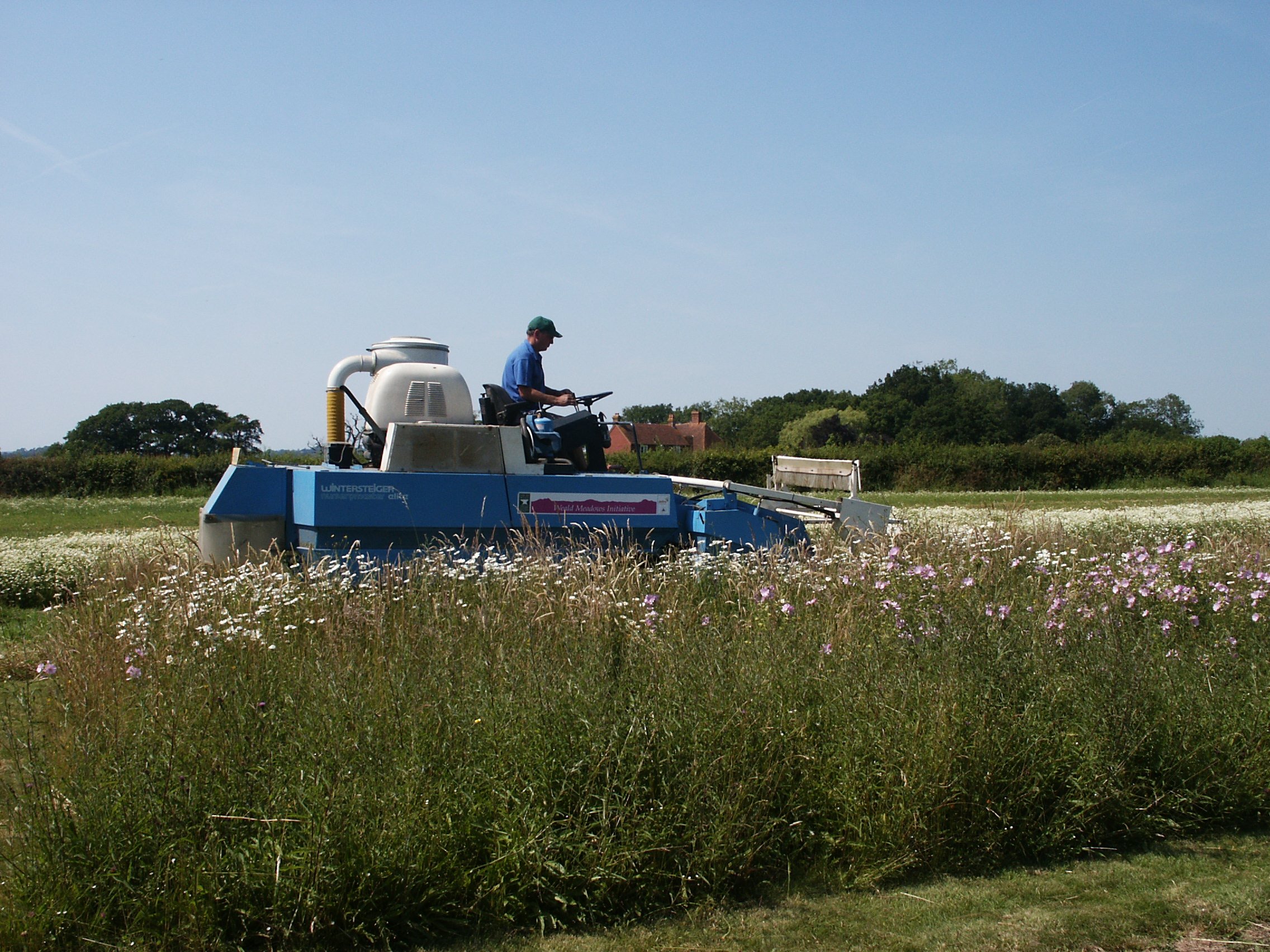As an AONB team, one of our superpowers is teh ‘power to convene’. We’re at our best when working with others
Collaborative projects
We have led partnership projects with a wide range of organisations over the years. We’ve helped people learn about the High Weald Area of Outstanding Natural Beauty, take action to care for it and explore it. Every project has worked towards achieving the objectives of the High Weald AONB Management Plan.
Funding has come from a range of sources including the Heritage Lottery Fund, Natural England, Environment Agency, Forestry Commission and Woodland Trust as well as local authorities.
Whether it’s leading a joint education project with a national charity or supporting a group of neighbouring landowners to deliver landscape-scale nature recovery projects, we’re at our best when working with others.
Beautiful Boundaries – in partnership with National Grid
We worked with more than 25 landowners to plant 40,000 trees and shrubs along the National Grid transmission line in the south-eastern corner of the AONB, restoring 13.4km of historic boundaries.
The works were funded by the National Grid’s Landscape Enhancement Initiative.
The new planting will reduce the visual impact of the transmission line from nearby lanes and paths and will help nature recover by creating and linking wildlife habitats.
- Soak up water (reducing flood risk),
- Capture carbon, and;
- Provide shelter for grazing animals.
The project has helped land managers work together to significantly improve the area’s environment. Using local suppliers and contractors also benefits the wider economy.

Upper Rother & Dudwell Farm Cluster – in partnership with Natural England
The Upper Rother and Dudwell Farm Cluster ran from 2016 to 2020, facilitated by the High Weald AONB Partnership.
More than 60 farmers, foresters and other land managers worked together to benefit soil, water, wildlife and historic features not just on their individual farms, but across the wider landscape.
As members of the Farm Cluster they accessed a FREE programme of events, networking opportunities, site visits and land management advice – plus endorsement of Countryside Stewardship applications, giving a 20% uplift to the application score.

Weald Meadows Initiative
Over the past 25 years the High Weald AONB has been at the vanguard of meadow restoration, helping to stem the decline of traditional grasslands and ensure the successful establishment of new species-rich meadows on a landscape scale.
The Weald Meadows Initiative was led by the High Weald AONB Partnership from 1996 to 2010, raising awareness of the value of meadows and providing practical support to land managers to reverse their decline.
The Initiative had several phases, reflecting its financial support. A dedicated Meadows Officer, Dawn Brickwood, was critical to delivery, providing proactive advice and support to more than 600 landowners. They also developed and managed the harvesting, processing and sale of Weald Native Origin Seed (WNOS) and plant plugs for enhancement and creation projects.
Project achievements include:
Monitoring the extent & condition of Lowland Meadows
- 855ha of grassland benefited from WMI advice and habitat management support.
- 141 meadows surveyed to assess grassland condition.
- WMI grants enabled 454 ha of grasslands to be entered into long term appropriate management and/or are supported by national grant schemes.
- 380 ha of the most valuable grasslands were entered into Countryside Stewardship Schemes/ Organic – Entry Level Stewardship/Higher Level Stewardship Schemes as a result of WMI support.
Restoring and re-establishing Lowland Meadows
- 65ha of grassland (78 sites)- enhanced or created using 248 kg of Weald Native Origin Seed (WNOS) harvested by the Weald Meadows Initiative.
- Harvesting and supplying seed to 420 sites comprising of 608ha of grassland enhancement (435ha) and creation (173ha) using a total of 23,67kg of WNOS.
Partners: High Weald AONB Partnership, High Weald Landscape Trust, Natural England, Agrifactors (Southern Limited), Royal Botanic Gardens Kew, Heritage Lottery Fund, LEADER, FWAG, Nineveh Trust and Tubney Trust.
The work of the Weald Meadows Initiative has continued through the work of the Weald Meadows Partnership.

Weald Forest Ridge
Running from 2009-2012, this £3 million programme of activity helped people reconnect to their local landscape; more easily access and enjoy the Weald Forest Ridge area of the AONB; understand its unique natural, cultural and built heritage; take part in caring for it; and leave a legacy for future generations.
The Weald Forest Ridge Landscape Partnership Scheme delivered a very diverse range of achievements across areas such as biodiversity, participation and learning, access, volunteering, built heritage, and training and skills.
To enable the £3 million programme spend, £2 million was secured by the High Weald AONB Team under the Heritage Lottery Fund’s Landscape Partnership Scheme programme. More than 40 other organisations contributed the necessary match funding.
Time Traveller Detectives – in partnership with Historic England
The High Weald Heritage Schools project is a collaboration between the High Weald AONB Partnership and Heritage Schools, part of Historic England.
The project aimed to help children connect to and care about the special place they live in, and learn all about the fascinating history on their doorstep.
Six schools across the High Weald were involved in the pilot project. Children took part in special walks and bespoke workshops developed by High Weald Education Officer, Rachel Bennington.
Pupils become Time Traveller Detectives, researching and exploring heritage features near their school such as Anglo Saxon routeways, sandstone churches, Tudor iron masters’ houses, hammer ponds or hop farms. Using those features – and other evidence such as maps and artefacts – they created an eye-catching Timeline display, telling the story of their local heritage.


